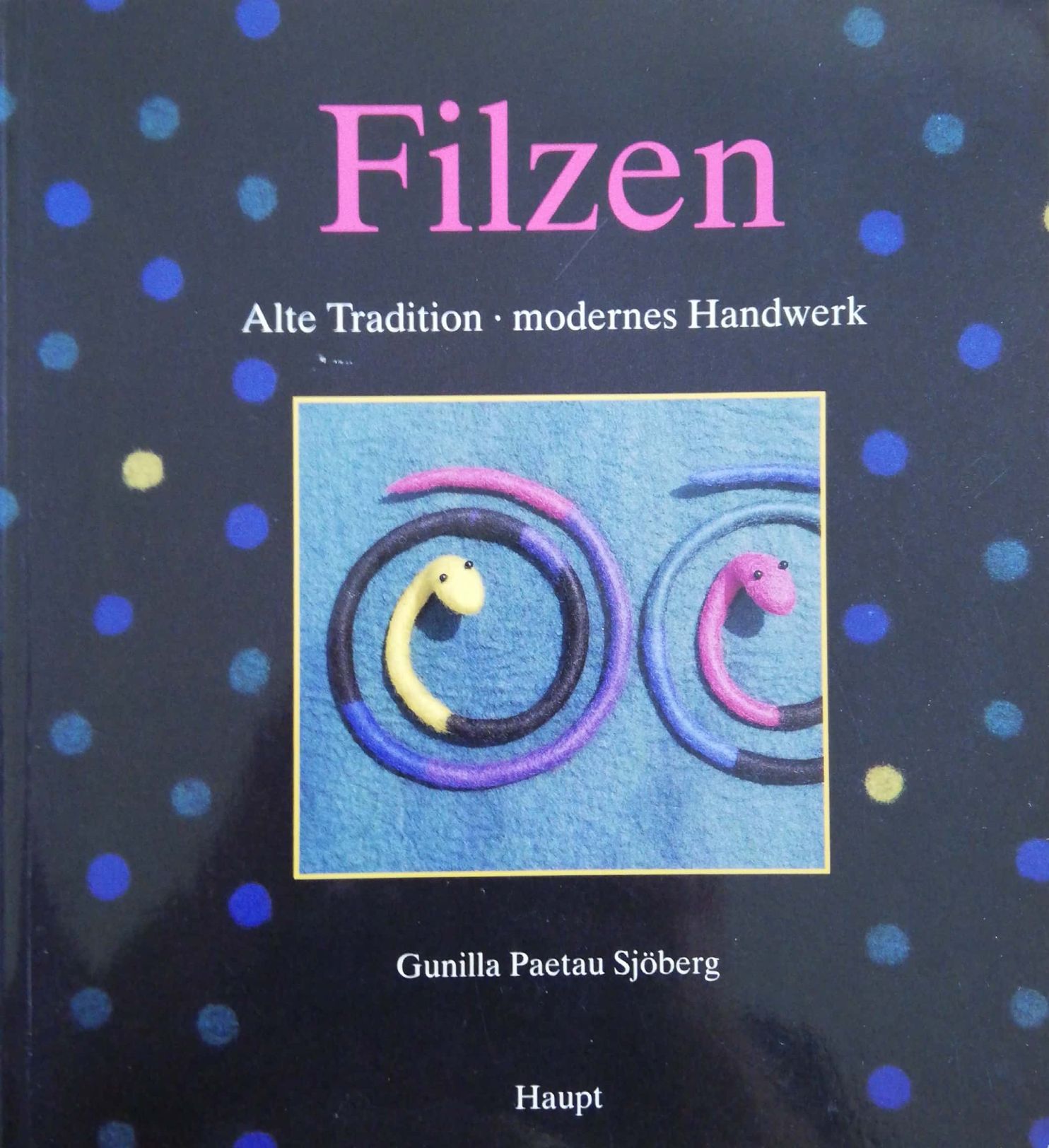The Dodo Blog
When we start a new hobby, the natural tendency is to imitate someone else’s style. And there’s no reason to feel bad about it. We all do it. I did it too. When I was discovering wet felting, I had no clue how I could explore it. Following what other felt makers were doing was the only way to learn ...
If you’ve been in my felting world for some time, you’ve heard me talking about this book for sure. It’s one of my absolute favorites in my collection.
If you’ve just recently discovered my blog, and you’re as obsessed about felting books as I am, there’s still time to add it to your Christmas pres...
Do you ever have moments of taking a glimpse at your felting table and thinking “OMG, look at all this plastic”? It’s happened to me often, so I’ve been trying to substitute it for other materials whenever I can. And I’ve also been thinking about writing a couple of tips for the felt makers who are ...
In 20 years of felt making I haven’t (yet!) had any issues with moths. It may just have been luck or because of the way I store my wool. It’s definitely not because I don’t have tons of wool in my studio 😊
Since I frequently get questions about how I store my wool, as well as how to prevent moth at...
"Filzen: Alte Tradition, Modernes Handwerk" (German version)
"Felt: New Directions for an Ancient Craft" (English version)
by Gunilla Paetau Sjöberg

This might be the best book about wet felting I have. And I do have many 😊
It’s over 20 years old, it doesn’t have amazing photos and it has a l...
I’ve often been asked for tips on how to wet felt when you have health issues like back pain or arthritis.
Personally, I’ve also dealt with pain that was either caused or worsened by the strain I’ve put on my body due to wrong postures during wet felting.
It’s irrefutable that felting is a very ph...
Are you having issues getting your wet felted bowl to have a perfectly round shape? Or maybe you’ve felted a flat round piece, but, after fulling, it doesn’t look like a circle anymore? Your layout may be the cause of this distortion.
Wet felting doesn’t have many rules, so it allows for different ...
In the last couple of weeks, we’ve been looking at the topic of resists. But the focus was more on what you need to know at the beginning of your wet felting journey.
If, instead, you’re a more seasoned felt maker, you might be facing other issues, like what to do with the piles of resists and pape...
The video above goes into the following details:
How to felt with resists
When you felt with a resist, you need to lay out the wool on both sides to cover the resist completely. The wool layers need to then go beyond the resist edge, so that some of the wool can be turned over to the other side. ...
WHAT ARE RESISTS?
By definition, a resist is anything you use between two pieces of wool to prevent that they felt with each other. In other words, you need to use a resist when you want to make a hollow object.
Only after the flat piece is created can you shape it into a 3D object. So, if you wan...
Fiber paper is a material that you can create with either viscose or silk fiber (viscose paper or silk paper).
You can use it to cut out all sorts of shapes and apply them on wool to make felted pieces with a crisp design, much like what felt makers do with pre-felts.
It looks like actual paper, a...
Color is one of the most important features of my work. In the last couple of months, I’ve been exploring it further in the techniques I’ve been teaching inside of ‘The Dodo Hub Membership’.
Here are a couple of examples of the patterns and colors I’ve been testing, as well as some samples.


Co...

